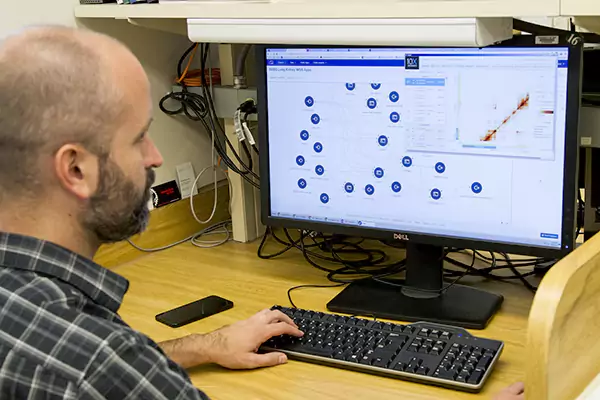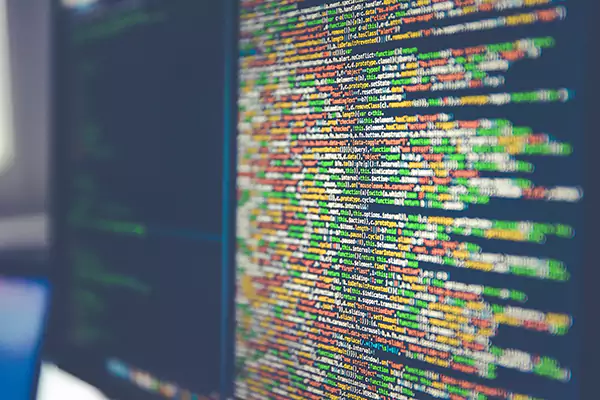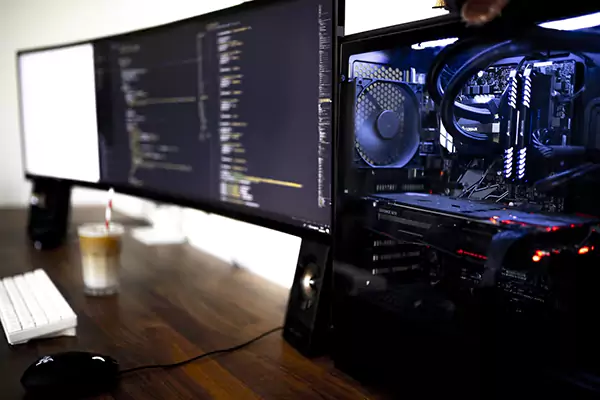
As remote/hybrid work gets increasingly popular, it comes with its share of challenges, specifically regarding monitoring, managing, and securing IT assets. As a result, one function that has grown increasingly important in recent years is IT asset visibility.
This mainly refers to the real-time tracking of all IT assets within an organization, and it involves the mapping of all digital assets, software solutions, and hardware used by employees in a company.
Doing this, while factoring the complexities of remote work is far from straightforward, and in this article, we take a deep dive into asset visibility, particularly for remote teams and organizations.
Ever since remote work became a norm, IT assets have become the backbone of most businesses, no matter big or small.
There are numerous moving parts such as laptops, smartphones, cloud services, and software licenses which play a significant role in keeping a company and its operations chugging along smoothly.
Without the proper visibility of these assets, companies often risk outages, inefficiencies, higher costs, and worst of all, security breaches.
Remote work brings a unique set of challenges to IT asset management, and unlike traditional office environments, where IT teams can physically track and monitor assets, remote organizations must rely on digital means to maintain visibility. Some of the most common challenges in this regard include,
This is again, a lot harder when done in a remote or hybrid work context, making IT asset discovery tools and solutions critical for accurate reporting.
To overcome the challenges of remote asset management, organizations can consider the following strategies, tools, and best practices.

There are quite a few tools particularly tailored for the visibility and identification of all applications and devices on the network. Zluri’s list of the best IT asset discovery tools out there is a great place to start your search.
Security measures like multi-factor authentication, encryption, and remote data wiping implementation help in safeguarding sensitive information and prevent unauthorized access.
Maintaining IT asset visibility also plays a vital role in ensuring data privacy and compliance with regulations such as the General Data Protection Regulation (GDPR) and the California Consumer Privacy Act (CCPA).
To establish appropriate security measures and abide by regulatory requirements, businesses should have a clear understanding of the data flow and the devices and software used within the organization.
Stringent regulations in regards to privacy, which extends to even employees, vendors, and other stakeholders are now an additional headache for businesses and one that is only made worse with distributed teams and remote work.
Fortunately, there are plenty of tools, apps, and solutions that can come to our aid in this regard, but here too, the process of compliance begins with IT asset visibility and discoverability. Only a clear map of an organization’s IT infrastructure can help understand vulnerabilities and compliance requirements.

In the age of remote work, IT asset visibility is paramount for organizations aiming to thrive in the digital landscape. In addition to helping comply with various data privacy and compliance requirements, asset visibility is the base point on which all IT optimization and efficiency endeavors get their start.
Being a relatively new field, there are plenty of challenges that remain unaddressed as of today, but things in this segment are moving rather quickly, making asset visibility one of the most exciting places to be in right now, with remote work and digital transformation showing no signs of slowing down.
